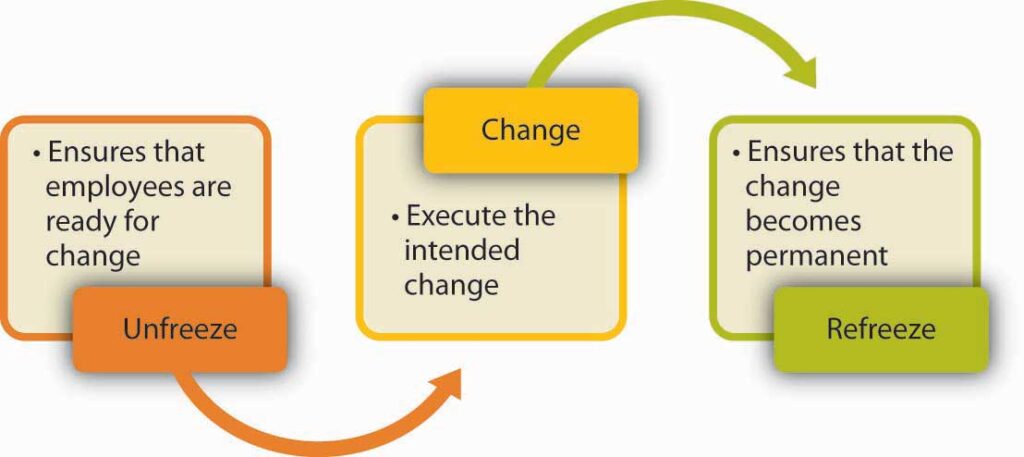Change is actually the foundation of organizational development. But employees mostly prefer the status quo over any transformational change.
Change management models are thus designed in such a way that it can help one to navigate through the transitional phase and guide the team members to adapt some new changes while allowing the business to grow continuously.
One such popular change model was found by a leader named Kurt Lewin and this model balance the restraining and driving forces to manage the changes that can happen in an organisation like software implementation, digital transformation and business process development.
What is a change model theory?
Lewin’s Force Field Theory says that restraining forces can influence the behaviour of both the individual and a group which ultimately decides the fate of change. The driving forces can motivate the employees to a new state. The restraining forces focus on the resistance to change which acts as a prime barrier to change initiatives.
Lewin suggests that it is very important to balance these forces through effective changes of communication and the employees need to be perfectly involved in the process. This can be done by providing employee training to bridge the skill gap. There should be convincing change reasoning for change agents.
3 stages of this model
When it comes to Lewin’s change model, he had suggested 3 step change model that can aid the employee’s ability to adapt to the changes. Here are those 3 stages:
Stage 1: Unfreeze
The first stage of this model deals with the perception management. It aims to prepare the affected stakeholders for the changes that are going to happen. Change leaders who look at ways in which they can improve the preparation process of the company for the creation and change. In this stage, the effective change communication plays a pivotal role in getting the needed team member to buy the support from the people. These are the activities that one should follow in the unfreeze stage:
- One has to conduct a needs analysis by surveying the company so that they can understand the current loophole in the process of business.
- Change strategy and create a strategic vision.
- Communicate in a compelling way on why change is needed.
- Employees concerns are needed to be addressed with honesty.
Stage 2: Change
This stage also deals with the implementation of change. In this stage, one should consider iterative and agile approach which incorporates employee feedback as well. One can take these steps to prevent any sort of uncertainties:
- Organise the change management workshops and sessions to make people aware of change management exercises.
- One should ensure that there is a continuous flow of information as support to the team members.
- Try to generate easy wins which can motivate the team.
Stage 3 : Refreeze
Employees can move away from the transition phase towards acceptance and stabilization phase which is called the refreezing stage. Here are some following activities that one should do to support the change:
- Identify and reward early adopters and change champions.
- Offer on demand support and employee training.
- Collect employee feedback on a daily basis.
- Explore the digital adoption platform who can be a partner in change with some major features like customizable popup, interactive walkthroughs and multi format self help content.
There are actually 3 major ways in which a 3 stage change model can be applied to an organisational change.
- First of all, every change inititative needs behavioural modification and continues encouragement to the employees. Having an existing skill set can allow the employees to take over some more responsibilities. There should a continuous structure for employee training.
- Successful change needs a balanced approach for bringing change in the business process, system and structure. Customisation change has to be recognised in a proper manner so that it can impact the operational cost.
- In order to get long term benefits of any change initiatives one must anchor the changes in the organisational culture. Employee development is something that one should focus on the most.
This model is easy to understand but one has to be more careful when they are thinking of using this model.

